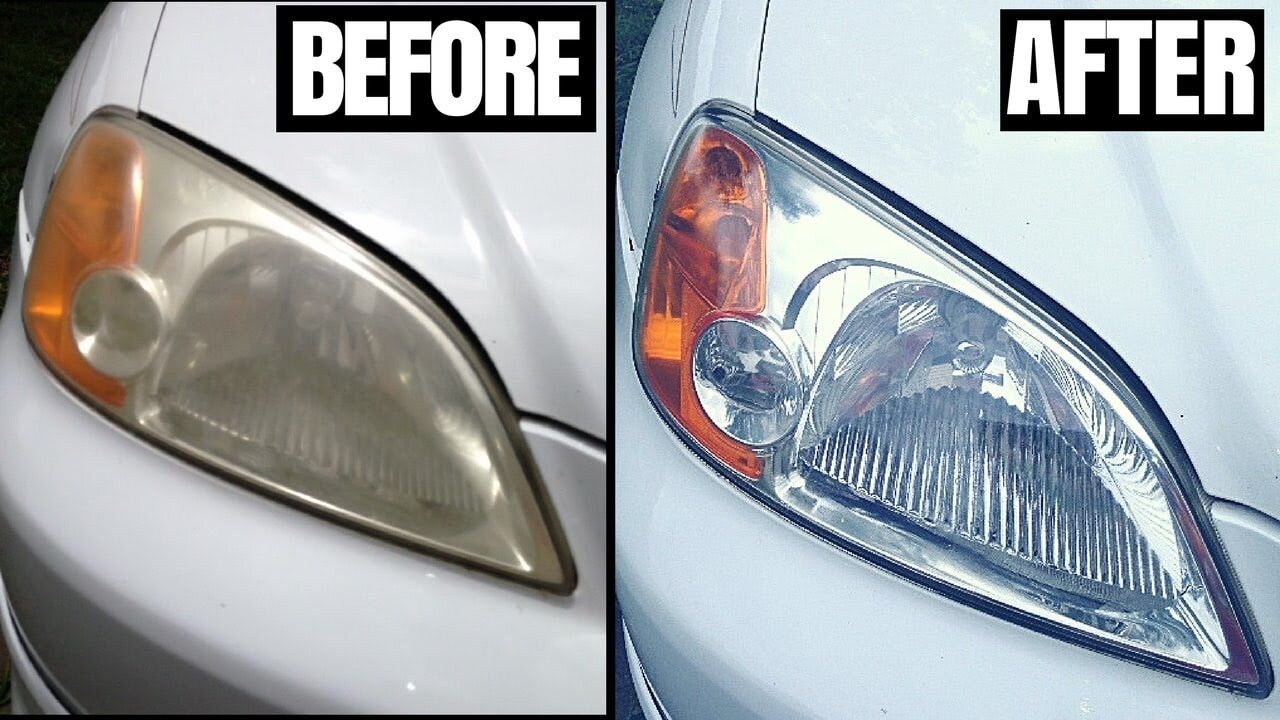7 Ways You’re Wasting Money on Your Car
Considering most of us drive cars that aren't brand new, and those cars that are new today won't be new forever, understanding the cost of maintaining your car is just as important as the effort you put into buying it in the first place.
To help you save some money, we’ve compiled a list of the 7 most costly car ownership mistakes that could be potentially costing you hundreds of ringgit a year.
1. Thinking all cars are similar to care for
Image from: CarsGuide
There are a few car care “tips” that you probably heard from your grandparents or parents; like changing oil every 5,000km. However, this only rings true for older generation cars because back then, all cars were created fairly equal. Everyone used the same type of oil, and cars were maintained like clockwork because every car was built the same. However, today, there are as many different maintenance guidelines as there are types of cars. So it may not be necessary to send your car in for maintenance as often as your parents did in the past. The better news is that automotive technology and engineering knowledge has advanced to such a degree that car maintenance is easier than ever. Just try not to follow the old guidelines because you’ll just be wasting time and cash.
2. Ignoring your car’s specifics
This probably shouldn’t have to be said but when you ignore your car’s specifications and listen to what others tell you. A car built back in 1985 is going to have different maintenance requirements than one built in 2019. It’s always dangerous to guess or assume details about your car. What we can say is that you should make sure you know your car’s year, make, and model. Never blindly accept a mechanic’s recommendations either. Doing so will save you hundreds or maybe thousands of ringgit in maintenance missteps and fuel.
3. Doing tune-ups
Image from: Meineke
You may have also heard this from your parents that your car needs a full tune up every few years or every 30,000km. But that only rings true in older cars with traditional engines. Modern cars are now fitted with computers that have erased the need for such tune-ups. Before you plan to do a full tune-up for your car, you should find out the specifics of what will be done. The regular changing of spark plugs and oil filters are routine maintenance steps and shouldn’t be classified as “tune-ups”. This would save you a pretty penny in the longer run.
4. Getting your engine flushed
A lot of mechanics may tell you that you need to do an annual engine flush for your car. Yes, it’s true that your engine’s coolants do need to be changed somewhat regularly. But flushing your car’s engine can cause damage to your car, such as causing the seals to leak. Consider the fact that flushes are often sold as a way to rid your engine fluids of dirt and other contaminants, and are only necessary if you have driven through high water or in other extraordinary situations. More often than not, flushing your car isn’t necessary at all.
5. Choosing synthetic oil over regular oils
Image from: Car from Japan
The argument over synthetic oils or regular oils has always been the talk of drivers everywhere. Yes, there are multiple advantages for using the more expensive synthetic oils, including optimizing the function of some modern engines. However, synthetic oils don’t benefit all engines, especially those of older vehicles. Always check your car owner’s manual and ensure that you are using the correct viscosity and grade for your particular vehicle.
6. Ignoring your brake fluids
It’s easy to forget your brake fluids when all the newer cars have caps on the master cylinders that keep out dirt and grime. However, after two years, the brake fluid will have absorbed as much water as it can possibly hold, and will start to affect the other components, like the anti-lock brakes and other expensive components. It’s cheaper to change your brake fluid every two to three years instead of waiting for it to ruin your car parts.
7. Not properly fixing up your headlights
Image from: Pintrest
Your headlights are possibly the most important part of your car, especially on rainy days or during the night time. However, when your headlights turn yellow, it will limit your visibility especially at night and cause dangerous driving conditions. So how do you solve the problem? Well, most people will choose a cheaper alternative, which is the ready-to-use headlight restoration kit or the at-home fixes written in articles on the Internet. However, these are short term fixes which will most likely last for only a few months. To save more money on the long term, you should instead bring your car into a reputable car repair shop and get them to sand the lens, remove the damaged plastic, polish the surface, and retreat it with protective coating for a more expensive but longer-lasting fix.
What do you think about our car care tips to save you more money? Leave a comment below!




